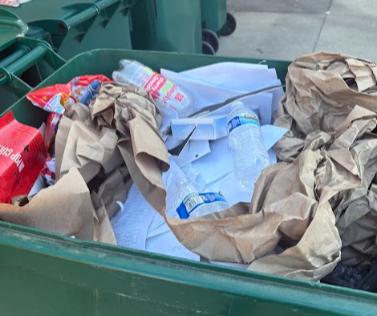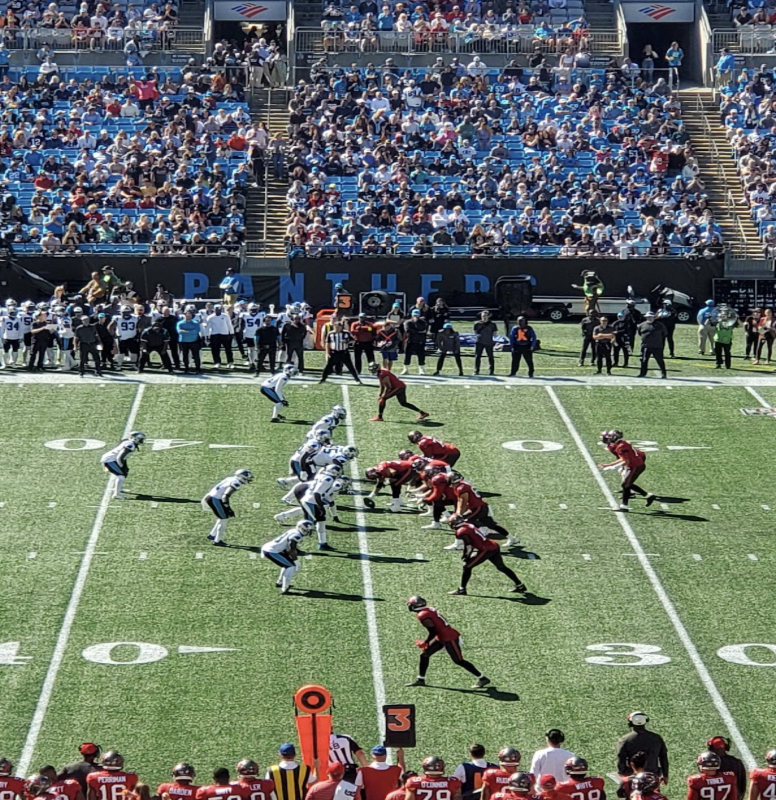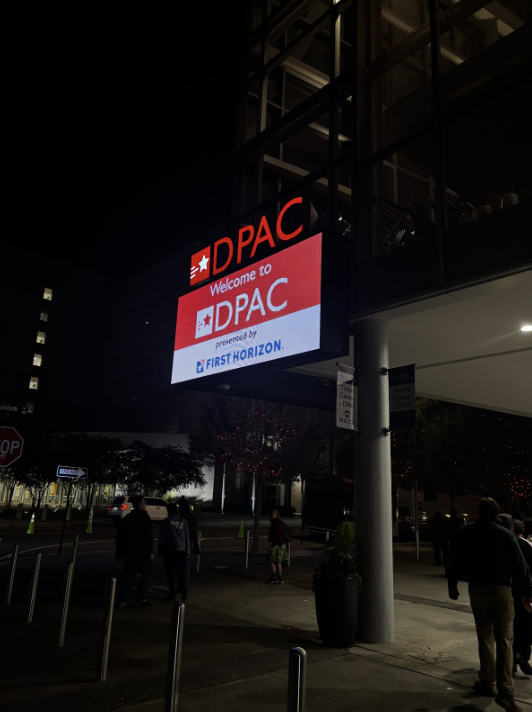The true cost of a recession
Photo by Alexander Schimmeck on Unsplash
The United States finds itself in the throws of economic uncertainty.
November 14, 2022
America has remained in the grips of a multitude of concerning economic developments in recent years. Costs of living, gas prices and consumer goods remain on the rise while supply chain disruptions continue to persist. United States citizens have frequently discussed concerns about the nation being on the brink of a recession, an economic period in which trade, production and consumption is heavily reduced.
Julius Shiskin, an economics professor at Rutgers University, elaborated on many “rules of thumb” to define a recession, with the most popular being “two consecutive quarters of declining GDP.” GDP, short for Gross Domestic Product, is an overall measure of domestic economic activity. According to Shiskin’s definition, the United States entered a recession in the summer of 2022 due to the year beginning with two consecutive quarters of declining GDP.
While job opportunities and wages have improved around the country, inflation cancels out these positive developments. Prices of consumer goods increased by 8.2% only one year after September of 2021. The resulting decrease in customer spending furthered the cycle of America’s economic decline.
In response to these developing complications, Congress and President Joe Biden have enacted the Inflation Reduction Act in mid-August of this year. The act aimed to decrease the cost of living for citizens nationwide, decrease prescription drug prices and shift the United States into a developer for clean energy. However, in September 2022, a month after the act was passed, inflation rates only decreased by 0.1 percent.
In tandem with the government’s economic relief plans, The United States’ frequent global exchanges continue to adversely impact the economy. Global trade has always been a staple of American business, however, after COVID-19, worldwide supply chains are struggling to ship out products on time, which “then have to be discounted, cutting margins.” In addition to reduced margins, global chains face increased liabilities and overall decreased working capital, the amount of current assets subtracted by said current liabilities.
These global disruptions led to supply issues leading to domestic companies moving production back to the United States or its neighboring areas in a process referred to as “nearshoring”. Domestic production and nearshoring strengthen the national economy by making it less reliant on other nations affected by supply chain disruptions. By allowing shipping deadlines to be met more efficiently, the practice increases overall working capital.
The government aims to solve America’s economic problems through legislation and global trade. The ongoing recession is on the trajectory to worsen even as government works to address the issue.












































































